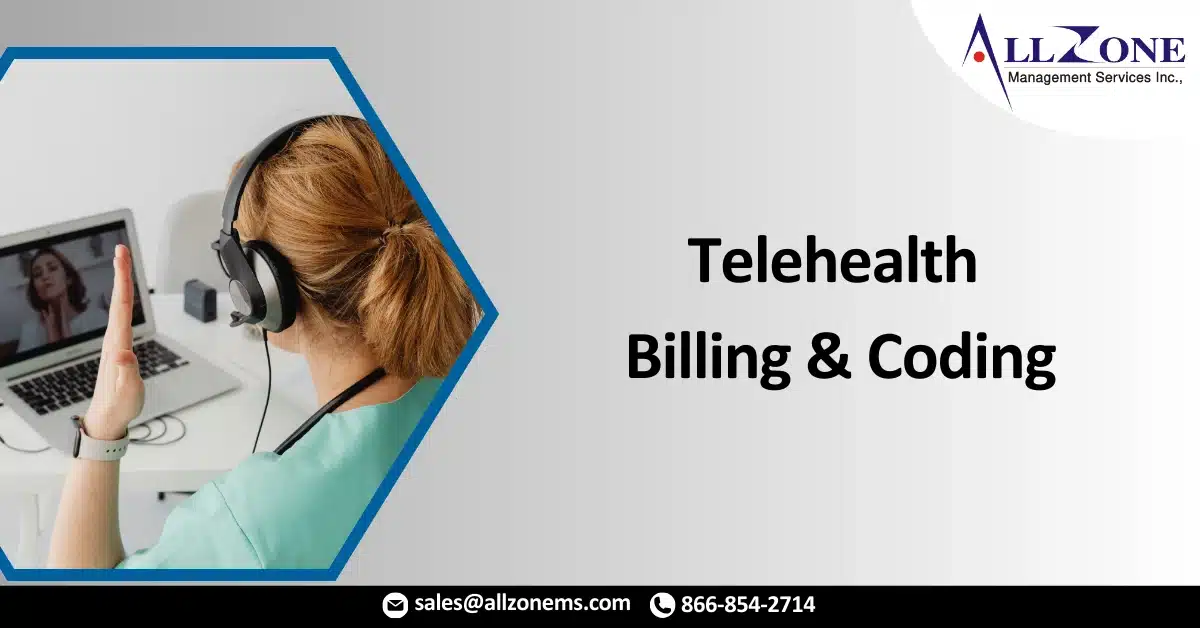As CMS continues to update their policies on telehealth during the COVID-19 pandemic and the Public Health Emergency, ICD10monitor is here to continue to keep you informed on these changes.
In the meantime, let us answer some burning questions to get you through the telehealth confusion, until you can join our webcast.
QUESTION: What are requirements to use regular office visit codes (i.e new patient codes, 99201-99205, and established patient codes, 99212-99215) with telehealth? Can regular office visit codes be used for just a phone call between the provider and the patient, without video capability?
ANSWER: No. The provider must use telecommunication application, which mandates audio and visual, under Waiver 1135. They can use their smart phone or cell phone for the doctor-to-patient phone calls, and most cell phones have a video chat option (i.e. FaceTime, Skype, Google Duo, Facebook Video Chat).
I know this is causing confusion. Also, some Medicare-aged patients are resisting and/or refusing the video chat option. This means that the visit is now telemedicine, not telehealth, and a phone call code, 99441-99443, is the only option between your physician and/or QHP. The visit would need to be timed and still include consent, to report a phone call.
In the Centers for Medicare & Medicaid Services (CMS) chart below, note the difference between virtual check-in (which specifically states “telephone” or “telecommunications”); however, in Medicare telehealth visits, it states “telecommunication system” (which mandates audio/video both).
(Of note: CMS has issued guidance to not use TikTok, Facebook Live, Vimeo, Twitch, etc., as these are public chat platforms that allow audience visitors to join the conversation).
QUESTION: When billing office visit codes for telehealth, if the two-way interactive video communications requirement has been met and documented, what is the POS (place of service)? We were told 02 for telehealth in March, but that has changed?
ANSWER: Yes, in the March 31 CMS published update, the agency changed its position on the 02 POS, as that will reduce by about 20 percent services to be paid at a facility rate. For continuity, the waiver flexibilities were updated to instruct providers to use the POS that would have been used had the patient had a face-to-face visit. So if the patient is at home, but the physician is providing a telehealth visit from his/her office, the POS would be 11 on the office visit code (99201-99215). You also need to include a -95 modifier to identify the service as delivered via telehealth.
QUESTION: If the patient was seen in the past seven days in the office or for a telehealth visit, and now calls for a phone-only consultation, can we still bill this as a virtual check-in (G2012) or a phone call (99441-99443, when they have that 7-day global period?)
ANSWER: For the virtual check-in code, G2012, I would say no. That was specifically tied to a “possible E&M” with the patient. So, if the patient was seen seven days prior for a related condition, it is an extension of that visit. As for the telephonic visits, 99441-99443 and 98966-98968, the CPT descriptor has similar rules regarding these codes, and CMS has not addressed it. In lieu of clear direction, I would follow CPT guidance. Reminder: phone calls are not telehealth, so do not add the modifier -95.
QUESTION: A patient was seen via audio-video telecommunication, and the video portion stopped connection after five minutes due to weather, and we could not get it back up. We continued with the audio portion of the telehealth visit. Can we code for an office visit in this case?
ANSWER: Since the main focus of the visit was done without video chat capabilities, as mandated by the new waiver in Section 1135(b) of the Social Security Act explicitly allowing the U.S. Department of Health and Human Services (HHS) Secretary to authorize use of telephones that have audio and video capabilities for the furnishing of Medicare telehealth services during the COVID-19 Public Health Emergency..
This visit would now revert to a telephonic visit, again, codes, 99441-99443, and time would need to be documented to enable the provider to choose the correct code. These are time-based codes
For More Information: https://www.icd10monitor.com/telehealth-billing-coding-for-non-video-phone-calls

